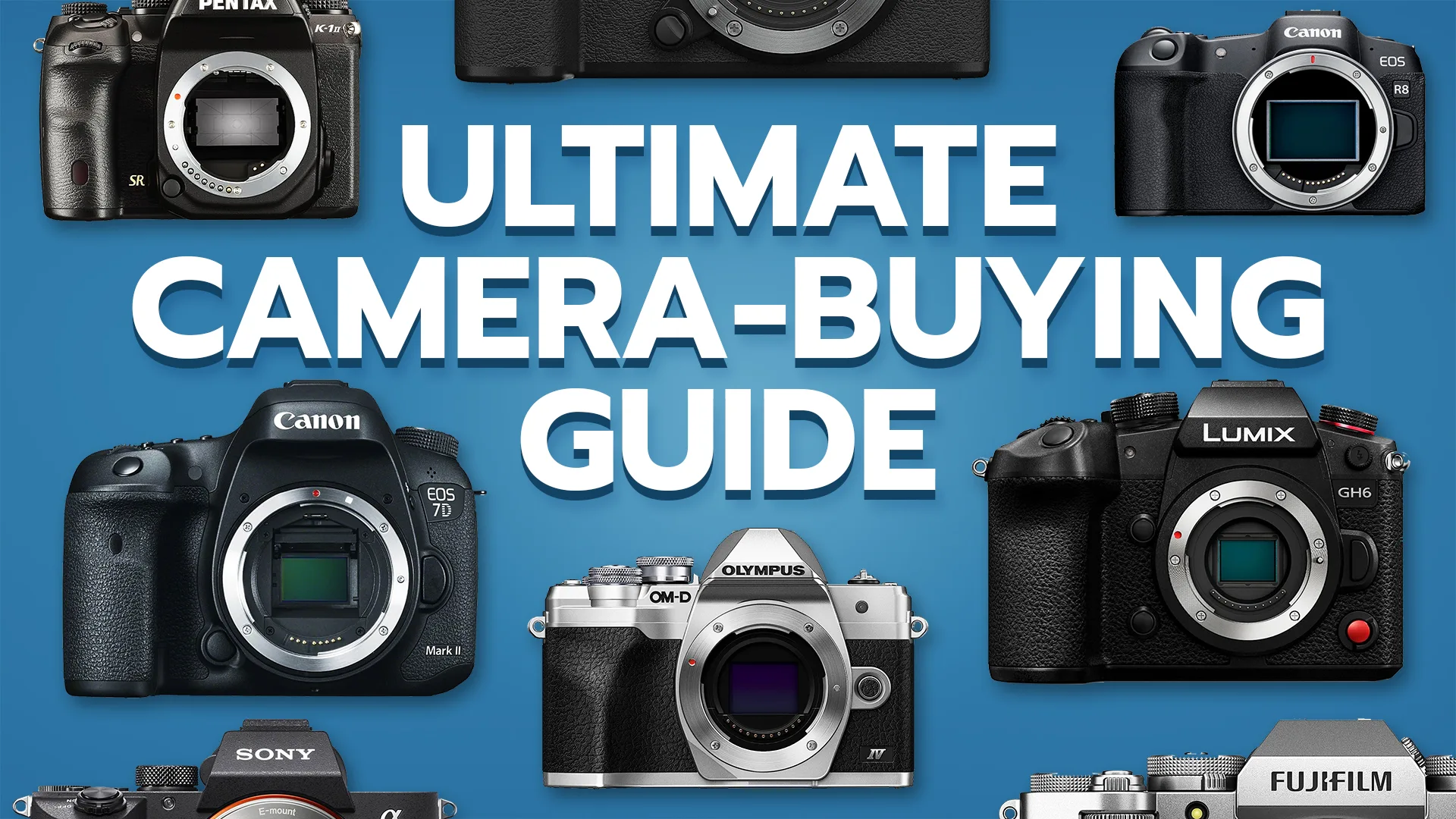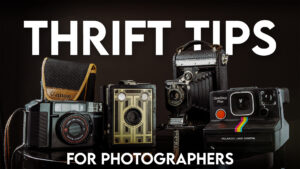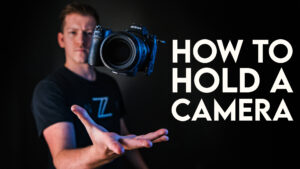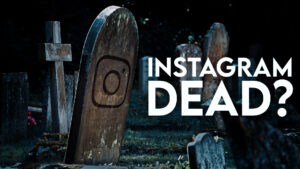How to Find the Best Camera For You
What camera should I buy? This question is so popular that I’ve put together a camera-buying guide of the best cameras, organized by budget. Buying your first camera can absolutely be an overwhelming process for someone just starting photography. But don’t worry, I’ll walk you through the whole process to find the best camera for you. So let’s start off by discussing what you should look for when buying your first camera.
Camera Buying Guide
Table of Contents
I. What to Look for When Buying a Camera
II. What Camera Brand Should I Choose?
III. Camera List by Budget
IV. Common Camera Myths
V. Conclusion
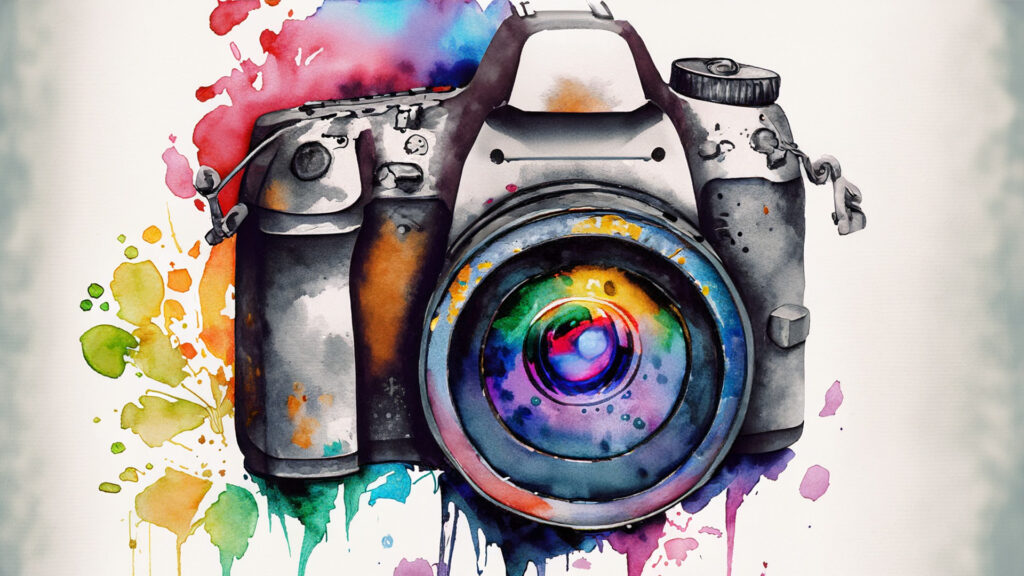
I. What to Look for When Buying a Camera
When it comes to cameras there is a lot of technical jargon, which can be quite confusing and overwhelming at first. Undoubtedly, with so many different numbers and specifications to compare, it can be hard to know what camera is best for you and your photography needs. Firstly, let’s look at the 6 most important aspects of choosing a camera.
1. Price
How much do you want to spend on your camera? Having a budget is an important first step. Furthermore, and will help narrow down gear within your price-range. Remember, stick to your budget!
2. Resolution
Resolution is how large of an image the camera makes. It is measured in Megapixels, usually shortened to MP. I would recommend a camera that is at least 12MP. Most cameras today take much higher resolution images. Also, higher resolutions will allow you to crop or “zoom” into your photos without losing quality or clarity.
Remember, a Higher Resolution typically means a Higher Price!
3. Sensor Size
The sensor of the camera is ultimately captures the light inside the camera body. The three most common sensor sizes in order of largest to smallest are: Full-Frame, APS-C and Micro Four-Thirds (Micro 4/3). For beginners, the size of your sensor truly isn’t important to learning photography. Generally, each type of sensor takes equally great images, so don’t fall into the common trap of thinking one sensor size is better than another. Smaller sensors are typically in smaller camera bodies.
4. Video Recording Capability
In addition to taking still photographs, many cameras also offer video recording capabilities. Many photographers enjoy recording video, so it’s up to you to decide of this feature is important to you or not.
5. DSLR vs. Mirrorless
The cameras listed in this buying guide are a mix if DSLR and Mirrorless. Once again, neither is better, they just operate slightly different. DSLR stand for Digital Single Lens Reflex. This means there is a tiny angled mirror that reflects the image your camera sees into your viewfinder, so that you can see what you’re photographing. Conversely, Mirrorless cameras have removed this mirror, and use a tiny LED screen in the viewfinder to show you what you’re photographing. Fortunately, it’s as simple as that! For example, the camera in your phone is a mirrorless camera. Additionally, mirrorless camera bodies are able to be slightly thinner than DSLRs, because of the lack of the angled mirror.
6. Lens Mount
Each camera manufacture has its own unique mount for attaching the lens to the camera. In addition, Mirrorless and DSLRs also have different mounts. Overall, the most thing to know is to buy a lens mount that matches your camera mount.
In this article I’ve recommended cameras with interchangeable lenses. These types of cameras offer the most versatility and image quality, and are a must-have for learning the essential skills of photography.
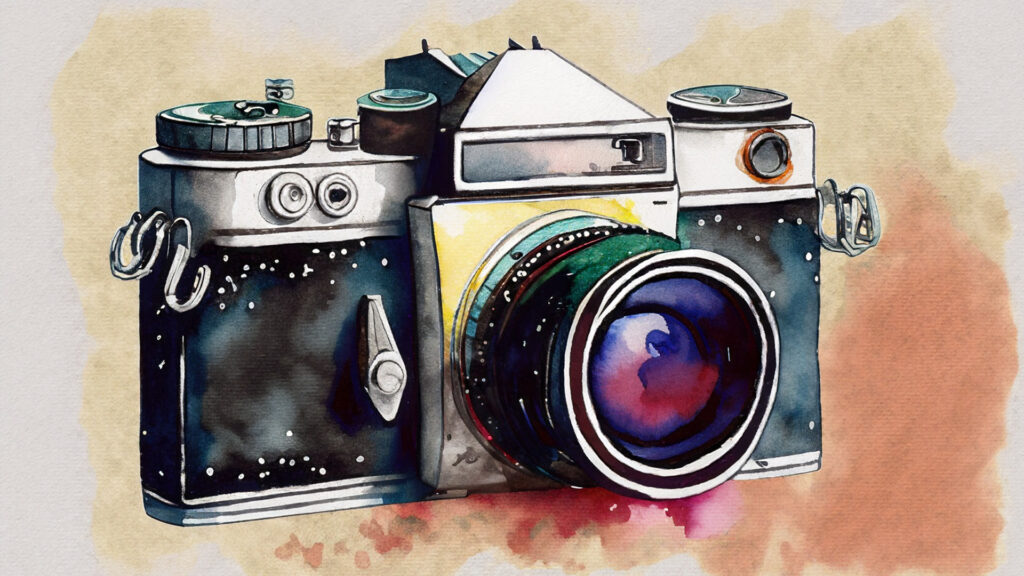
II. What Camera Brand Should I Choose?
There are many camera brands out there including: Canon, Nikon, Sony, Panasonic, Fujifilm and Olympus to name the most popular. However, it’s important to know that no brand is superior over another, and each makes comparable camera models. So, if another photographer tells you to buy a camera based on the brand, it’s a sign that they’re quite inexperienced at camera buying AND photography. Do not take their photography-related advice.
Practically every camera made in the last 5 to 10 years is going to take a great quality image. One brand will not take better quality photos over another. Sony isn’t better than Canon. Canon isn’t better than Nikon, the list goes on…
So to take the best images, it’s up to you, the photographer, to learn how to take great photographs. Also, check out my Photography Tutorials Page for free photography lessons.
III. Camera List by Budget ($ USD)
This list will give you some of the best camera bodies available ranging from sub $250 to over $3000. There is a wide selection of brands and models across each budget range from which you can choose. Furthermore, each one of these cameras is capable of good photographs.
Under $250
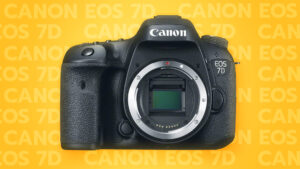
Canon 30D ($109)
Canon XTi ($145)
Nikon D5100 ($160)
Canon 7D ($190)
Nikon D3200 ($199)
Panasonic LUMIX GH3 ($249)
$250-$499
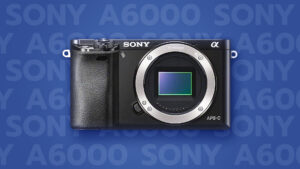
Canon 2000D ($289)
Canon 5D Mark II ($350)
Canon M50 ($390)
Sony A6000 ($395)
Nikon D5600 ($440)
Canon 6D ($469)
Canon EOS R100 ($479)
Nikon D3500 ($480)
Canon M50 II ($485)
$500-$999
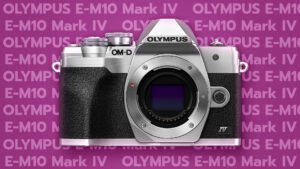
Panasonic Lumix G85 ($579)
Nikon D750 ($645)
Canon EOS R50 ($679)
Olympus E-M10 ($699)
Panasonic Lumix GH5 ($789)
Nikon Z50 ($850)
Sony A7 II (Refurbished) ($865)
Nikon D7500 ($965)
Canon EOS RP ($999)
Fujifilm X-S10 ($999)
$1000-$1499
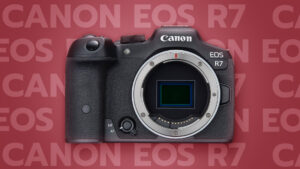
Canon 6D Mark II ($1175)
Sony A6600 ($1198)
Canon EOS 90D ($1199)
Canon EOS R ($1297)
Panasonic Lumix G9 ($1297)
Fujifilm XT4 ($1298)
Nikon Z5 ($1300)
Sony A7 II ($1398)
Canon R7 ($1400)
Canon R8 ($1499)
$1500-$1999
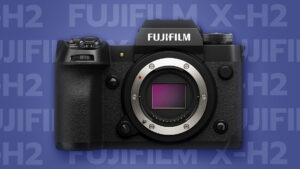
Sony A7C ($1598)
Fujifilm X-T5 ($1699)
Pentax K-1 ($1796)
Panasonic Lumix S5 ($1797)
Fujifilm X-H2 ($1999)
$2000-$2900
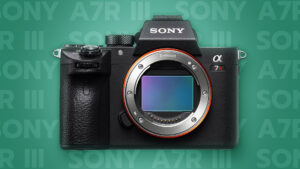
Olympus OM-1 ($2106)
Panasonic Lumix GH6 ($2198)
Sony A7R III ($2198)
Canon 5D Mark IV ($2499)
Fujifilm X-H2S ($2499)
Nikon D850 ($2797)
Nikon Z6 II ($2997)
Nikon Z7 II ($2999)
$3000+
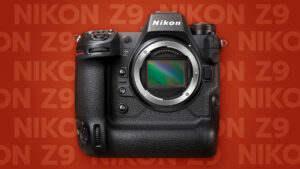
Sony A7R IV ($3198)
Canon EOS R5 ($3599)
Sony A9 ($4498)
Nikon Z9 ($5498)
IV. Common Camera Myths
A lot of camera myths exist in the photography community, and get spread around by inexperienced photographers. These myths can be quite damaging and ultimately lead you to buying the wrong camera. So let’s clear up a little photography misinformation!
Camera Myth 1: Bigger is Always Better
We touched on this a bit earlier with sensor size. Certainly you’ve seen professional photographers with big camera setups, but a larger camera doesn’t make it better or more professional. New tech is helping make cameras more compact every year. Therefore, newer and faster cameras are continually getting smaller with each model iteration.
Camera Myth 2: You Need the Highest Resolution
You don’t need the highest resolution sensors to get a great image. More Megapixels doesn’t always mean a better quality image! A 20MP DSLR will take a better photo than a 45MP phone camera. Large can still be low quality if they’re from a low quality sensor, such as a iPhone. So don’t fall into the trap that you need a ton of Megapixels to take good photos. Addionally, remember that your images are only displayed at 1 or 2 Megapixels on Instagram, Twitter and Facebook!
Camera Myth 3: Must Have ALL the Automatic Features (Eg. Autofocus)
This myth is truly damaging to photographers and here’s why! If you camera does everything automatically for you, how will you ever learn as a photographer? Autofocus isn’t inherently bad, but too many features that “do it all” for you don’t let YOU create the image. You’re the artist after all! All of the automatic features in the world won’t make a good photograph without your artistic vision.
Camera Myth 4: Must Be Perfect in Low-Light
This is probably my least favorite myth and it truly damaging to photographers and their career. Cameras NEED Light! Photography is all about light. However, camera brands like to market their cameras by low-light performance and being able to shoot in the dark. All cameras perform pretty terribly in the dark because you NEED light. Without light there is no photograph, so don’t buy into marketing gimmicks.
Camera Myth 5: ABC Camera Company is better than XYZ Camera Co.
As we discussed before, no camera brand is better than another. Each brand makes comparable cameras which are capable of taking amazing images. It’s ultimately up to you, the photographer, to use your skill to take a good photo. Therefore, an expensive camera can’t save a bad photographer.
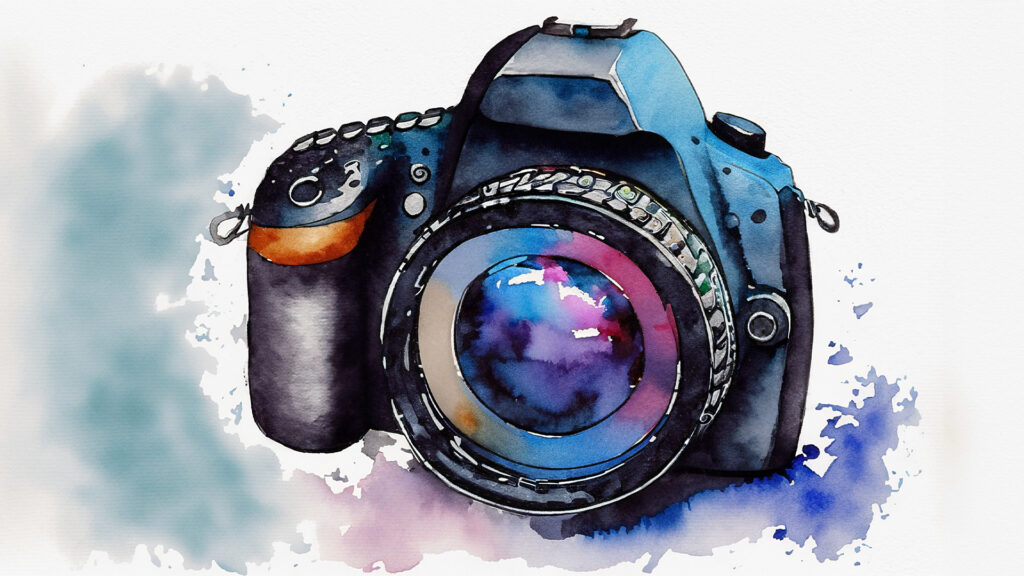
V. Conclusion: What Camera Should I Buy?
Overall, always remember that the brand should be the least important aspect in your camera buying decision. Additionally, when it comes to photography, the camera is just a tool. So, a skilled photographer can take a good photograph with any camera. Practice with your camera is the key to building that skill and becoming a great photographer!
Keep an eye out for my follow-up article on Which Lenses You Should Buy. Until next time, get out and go shoot!
This article contains affiliate links. So when you purchase gear through my links, I make a few pennies at no extra cost to you. It helps keep the blog running and ad free!

